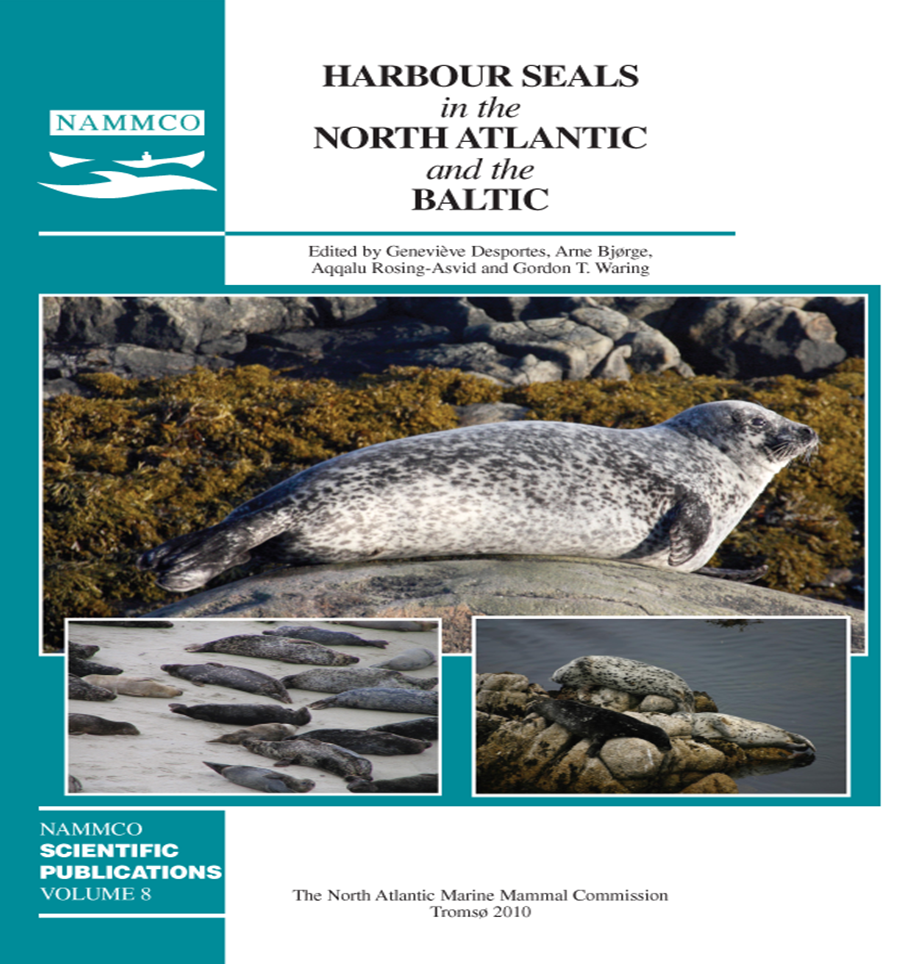Status of harbour seals (Phoca vitulina) in the Baltic proper
DOI:
https://doi.org/10.7557/3.2673Keywords:
harbour seals, Baltic SeaAbstract
The small population of harbour seals in the Baltic proper descend from seals that entered into the Baltic some 8,000 years ago. They form a genetically separate population with private alleles not present elsewhere. They were hunted close to extinction in the beginning of the 20th century and experienced a severe bottle-neck with perhaps only ten reproductive females in the 1970s. Protective measures and reduction of xenobiotic substances have improved the situation, and the hauled-out moulting population size was 588 in 2008, and about 100 pups have been born annually during the past few years. The protective measures in the form of banned hunting and establishment of protected areas will suffice to allow the population to grow, but the population will not reach favourable conservation status within foreseeable future.Downloads
Published
2010-09-01
How to Cite
Härkönen, T., & Isakson, E. (2010). Status of harbour seals (<i>Phoca vitulina</i>) in the Baltic proper. NAMMCO Scientific Publications, 8, 71–76. https://doi.org/10.7557/3.2673
Issue
Section
Articles





